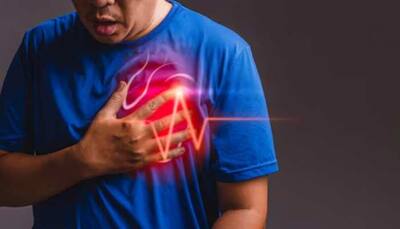When it comes to health conditions, your body often takes sides. In fact, there are many illnesses that predominantly affect one side of the body — and that’s not simply because we favour one side, though tennis elbow, for instance, is more common on the right side because more people are right-handed. “At first glance, it looks as though human beings are symmetrical, with two arms, two eyes, two legs and twin organs such as the kidneys and lungs,” says Gareth Nye, a senior lecturer in anatomy and physiology at the University of Chester.
“But in fact, our physiology is not the same on both sides, which causes a range of consequences when it comes to our health. “For example, the two sides of the brain may look similar, but they control different functions in the body. This means that if you have damage to one side as a result of a stroke or an accident, for instance, the effects may be completely different from damage to the other side.
” That means a stroke on the left side of the brain might result in problems with speech, eyesight and understanding language, while a stroke on the right side could result in mood changes, a shorter attention span and numbness or paralysis on the left side of the body. Even organs that exist in pairs, such as the kidneys and the lungs, are not symmetrical: the right lung is larger than the left, for instance. Meanwhile, single organs, such as the liver, spleen or appendix, are set to one side.
Even the heart leans more to the lef.


















